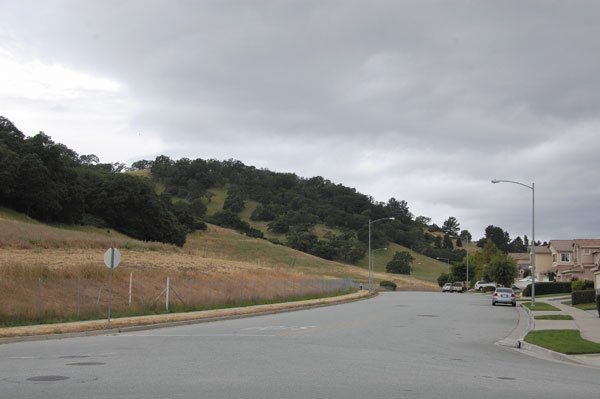Time could be running out for community members who oppose a
71-home development planned for a northwest Gilroy neighborhood.
Full article
Today’s breaking news:
Unusual murder charges dropped
Barn voyage?
Assembly bill shifts budget power to protect teachers
Time could be running out for community members who oppose a 71-home development planned for a northwest Gilroy neighborhood.
The Gilroy City Council will decide Monday whether to approve the final map for a proposed development along Rancho Hills Drive, one of the final hurdles to construction and a task City Administrator Tom Haglund has called a “formality.
Over the last several months, residents and neighbors from the area near the base of green, wildlife-rich foothills have spoken out against the project, including more than 300 letters in opposition sent to Mayor Al Pinheiro and the City Council.
Roughly 200 residents also attended a community meeting July 6, criticizing the Council and city officials for, in their eyes, passing the development through without appropriate environmental review or actively seeking input from residents.
But because the Council approved the project’s tentative map back in 2007, it’s legally obligated to approve the project’s final map if there are no changes, Haglund said.
“I foresee us taking the normal procedures of taking information from staff and making an evaluation whether it is in line with the approved tentative map,” Pinheiro said. “If that’s the case, then we have the legal obligation to go ahead and approve it. That’s the process I plan to follow.”
Pinheiro stressed that, while he was open to residents’ frustrations over the project, “this is not something that all of a sudden came about.”
“This is nothing unusual. We’ve had this happen before,” he said. “People come out of the woodwork just upset about it.”
He said he hoped residents would respect the process that has already given preliminary approvals to this project.
“I’m hoping those that believe in process will understand. I’m not sure that there’s a whole lot that they could do about it,” he said.
The project is being developed in tandem by the Glen Loma Corporation and the Arcadia Development Company.
Several residents at the July 6 community meeting railed against the city for not requiring an environmental impact report prior to the project’s approval.
But in line with the California Environmental Quality Act, often referred to as CEQA, an environmental impact report wasn’t necessary for the new development, Haglund said.
Based on the results of what’s known as an initial study, it was found that an EIR was not required because all project impacts could be mitigated to “less-than-significant” levels, and that efforts to reduce those impacts would be incorporated into the project, Haglund said.
“The project received what was deemed appropriated environmental review,” he said.
A CEQA document known as a mitigated negative declaration was filed for the project on Nov. 18, 2006, Haglund said.
While an EIR is a document that is intended to inform the public of significant environmental impacts of a project, ways to minimize those effects and reasonable project alternatives, a negative declaration states that there is no substantial evidence that the project may have a significant effect on the environment, according to the California Environmental Resource Evaluation System.
“As I see it, there’s nothing we can really do,” Councilman Dion Bracco said. “I’m not even really sure why we have to vote on this. It’s like some paperwork at the end of a project. The law is pretty clear on what we have to do.”
Bracco said he understood and was sympathetic to residents’ concerns, but said a “No” vote on the final could end up costing the city.
“Even if we were to vote ‘No’ on it, it wouldn’t stop it, it would just delay it a while and it would cost us some money in court costs,” he said.
During the July 6 meeting, many residents raised their hands when asked who was told when they bought their homes that the area along the foothills would remain open space.
Inaccurate promises aren’t new, Bracco said.
“It happens quite a bit. Especially on a big project where people come up and say, ‘Well they never told me.'” he said. “We have no control over what real estate agents tell people.”
Bracco said he had met and spoke to several residents regarding the project, who hoped the project could be altered somewhat during the city’s architectural review of the proposed lots.
“They would like it (the area) to stay the way it is. I think they understand what’s going on. It has to go through,” Bracco said. “I think their biggest hope is that when it comes back for the arch. and site review, we can discuss how it’s going to look then.”
He added, “And they’ll want to know that’s it,” meaning there will be no new development in that immediate area following this project.















